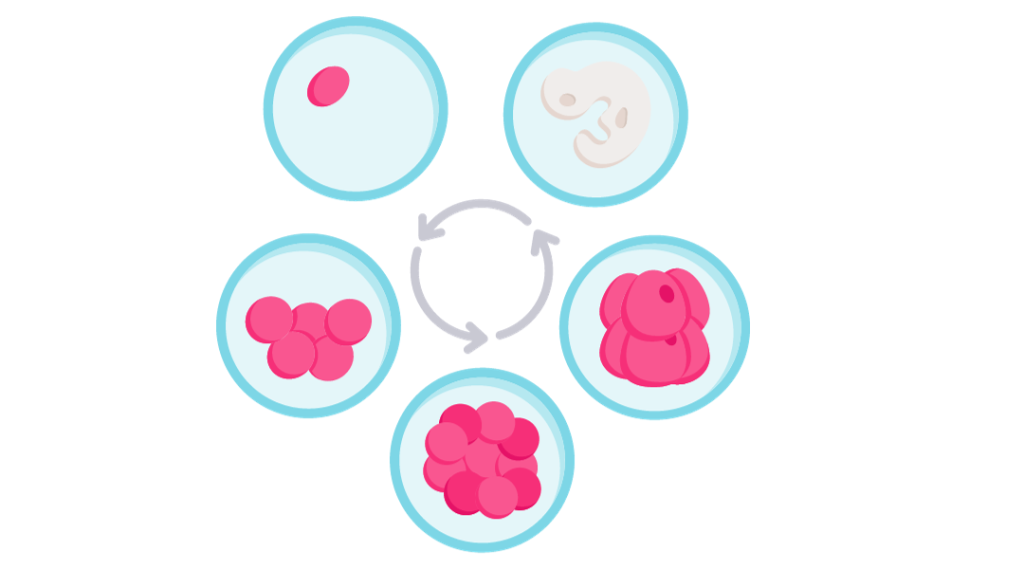Infertility, once considered an insurmountable challenge, is being redefined in today’s era with the evolution of medical science. Currently, approximately 11% of couples of reproductive age face infertility issues. While many find solutions with basic treatments such as fertility-enhancing drugs, lifestyle modifications, or intrauterine insemination (IUI), others benefit from cutting-edge advancements in infertility treatments.
Image suggestion: A montage of diverse couples, symbolizing hope and resilience.
Revolutionary Infertility Treatments Explained
- Blastocyst Culture:
Aiming to augment pregnancy rates while simultaneously reducing the risk of multiple pregnancies, this method involves culturing embryos for about 3 days from the cleavage stage, which has between 4 to 10 cells. Only then are they transferred to the uterus.

- Embryo Transfer:
A critical step in assisted reproduction, this procedure places embryos into the uterus, facilitating potential pregnancy. While some prefer the traditional method, many are now opting for the precision of ultrasound-guided transfers.

- Laser-assisted Hatching:
For patients with a history of unsuccessful embryo implantations, this procedure comes as a beacon of hope. Using laser-assisted hatching, the embryo is aided in breaking free from its protective outer shell, known as the zona pellucida, thus enhancing its potential to implant in the uterine wall.
- IMSI (Intracytoplasmic Morphologically-selected Sperm Injection):
A marvel of microscopic magnification, IMSI meticulously selects the best sperm based on morphology. A 7000x magnification enables the detection of intra-nuclear defects and chromatin compaction anomalies. This precision not only bolsters fertilization rates but also diminishes the chances of early miscarriages.
- Embryo Co-Culture:
For couples who’ve faced multiple IVF disappointments despite transferring top-quality embryos, the co-culture system offers renewed hope. By co-culturing with human granulosa or endometrial cells, this technique fosters an environment where embryos receive supplementary molecules, bolstering their growth and survival chances.
- Embryo Glue:
Mimicking the uterine secretions produced by hyaluronan, embryo glue enhances the adhesive properties of secretions in the womb, fallopian tubes, and ovaries. On the day of embryo transfer, the embryos are immersed in this ‘glue’, fortifying the chances of successful implantation.
In Conclusion
With these innovative advancements, the realm of fertility treatment is undergoing a transformative shift. As we continue to embrace and refine these technologies, countless couples find renewed hope and optimism on their journey to parenthood.
References:
- https://www.ncbi.nlm.nih.gov/pmc/articles/PMC4374745/
- https://www.fertstert.org/article/S0015-0282(16)30039-2/fulltext
- https://www.reproductivefacts.org/news-and-publications/patient-fact-sheets-and-info-booklets/assisted-reproductive-technologies/
- https://www.eshre.eu/Press-Room/Resources
- https://www.sciencedirect.com/science/article/pii/S1472648315005513
Leave a Reply